
History
The history of Liverpool’s Chalybeate Spring at St James’ Gardens
2 years ago
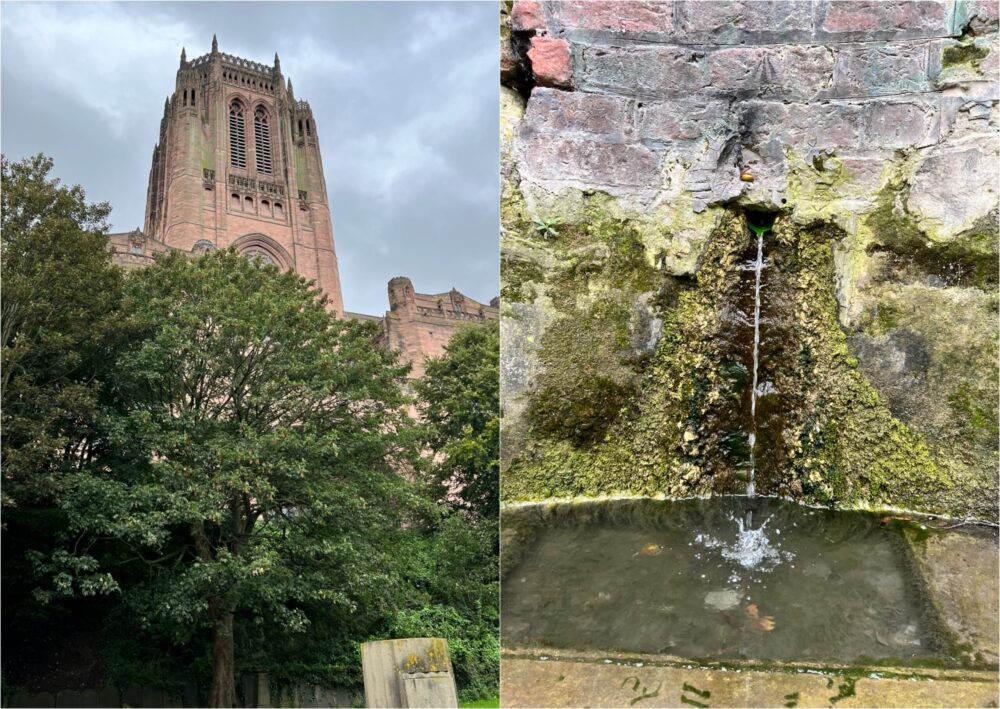
Tucked away near Liverpool’s iconic Anglican Cathedral lies a hidden treasure, the city’s sole natural spring.
You may have noticed the spring at St James’ Gardens in the shadow of the Liverpool Cathedral, but have you ever wondered about the story behind it?
This remarkable spring was once believed to possess incredible healing properties.
The year was 1773 when quarrymen stumbled upon the Chalybeate spring, named for the iron contained in the water. Nestled on the eastern fringes of what we now know as St James’ Gardens, just below Hope Street, this area was then a rural landscape that supplied much of the stone for the grand edifices taking shape in the city.
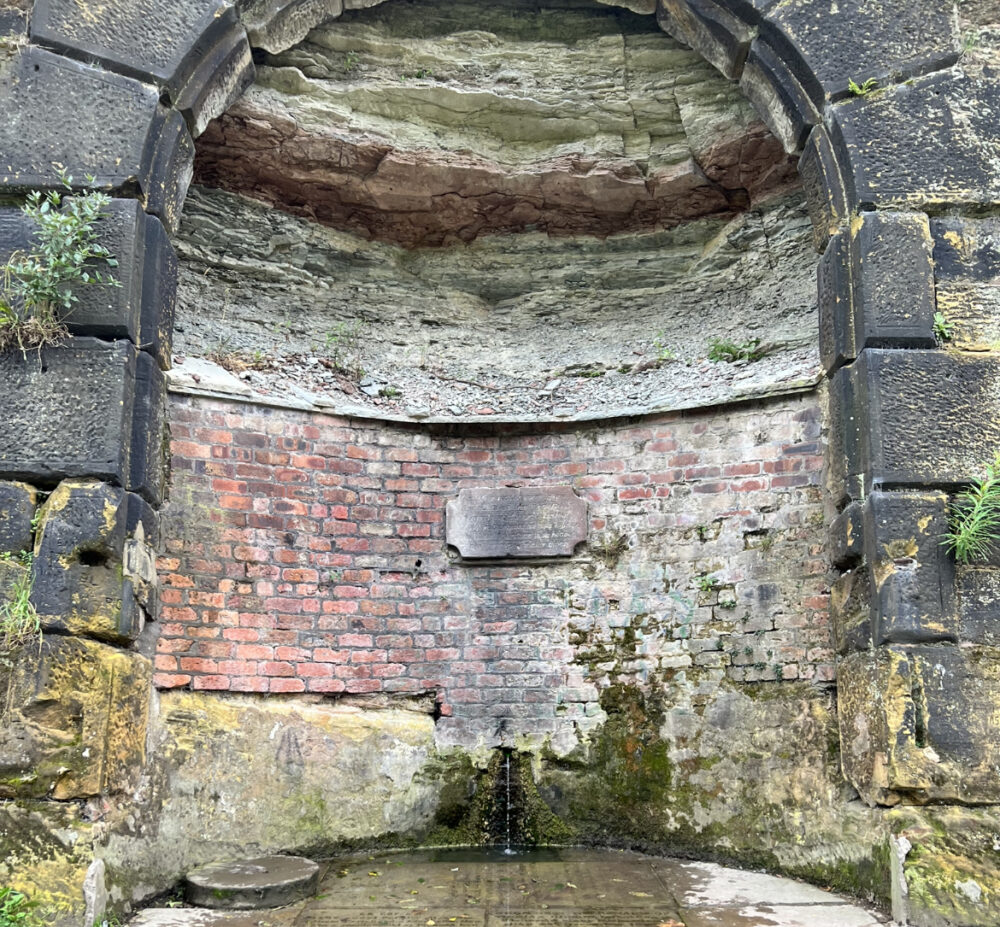
The spring flowed into a basin with a capacity of approximately four gallons, and its revelation was not entirely unexpected, as veins of iron ore had already been uncovered during the quarrying process.
The medical community wasted no time in examining the spring’s properties, with Dr. Houlston publishing an essay on its virtues that very year.
He affectionately dubbed it the “Liverpool spa” and described the water as gently seeping through the veins of soft yellow stone. Houlston noted that the water possessed a cool and refreshing taste and, shortly after consumption, warmed the stomach, imparting a cordial and invigorating sensation.
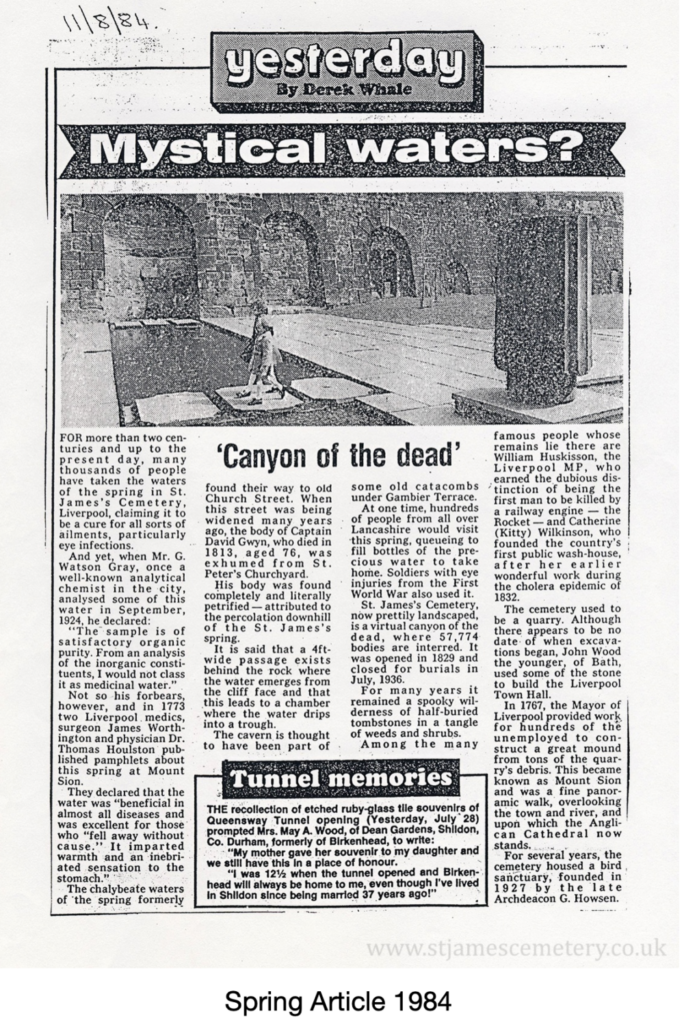
Dr. Houlston believed the spring could be most beneficial to those recovering from acute illnesses, individuals at risk of wasting away, as well as those in the early stages of diseases like slight fevers, diarrhea, diabetes, or gout.
Houlston concluded that it could render individuals less susceptible to the influence of cold, damp, or putrid air, particularly during epidemics and other disease-causing factors. Regrettably, the spring’s discovery came too late to aid the town’s populace in combating the consumption outbreak of 1772, a disease found to be more deadly than initially perceived by Dr. John Bostock.
During this period, local surgeon Dr. James Worthington also made noteworthy contributions by publishing a pamphlet titled “Experiments on the Spa at Mount Zion, Near Liverpool.” In it, he praised the water’s effectiveness for addressing various conditions, including loss of appetite, nervous disorders, low spirits, headaches, stomach discomfort, rickets, and weak eyes.
Despite the insights provided by these medical professionals, few paid heed, and within two decades, the spring became entirely engulfed by bushes.
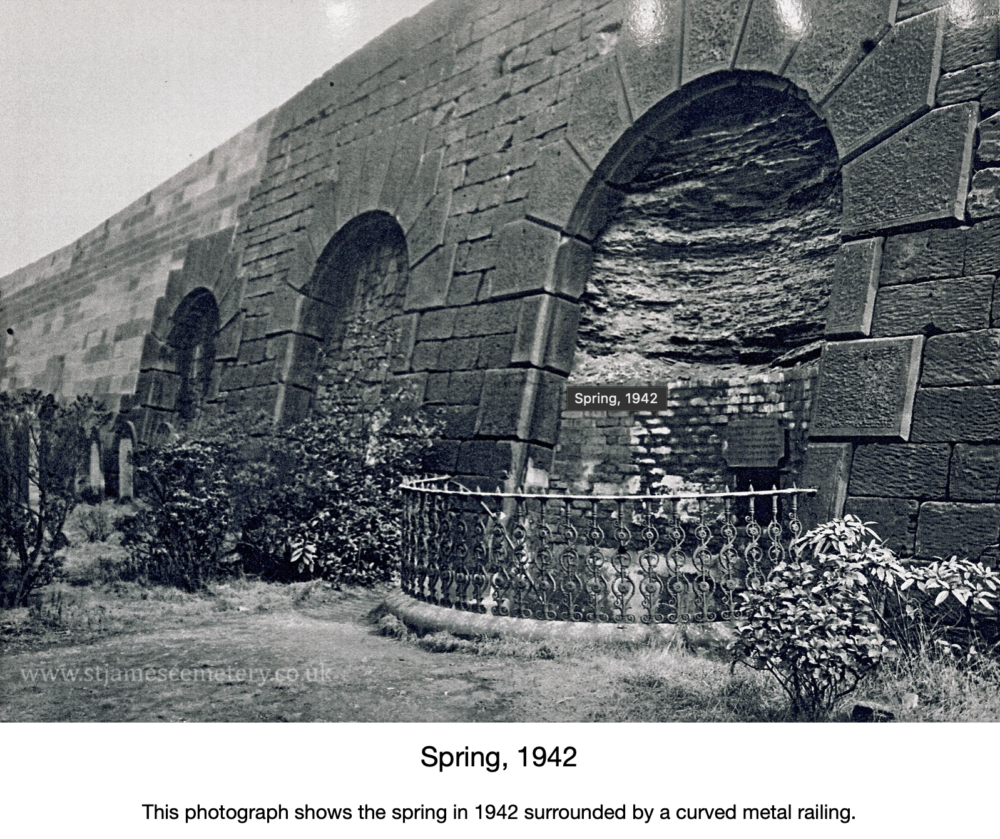
Fortunately, it has since been restored to its former glory.
With St James’ Gardens being, supposedly, one of the most haunted sites in the whole of the UK, the Chalybeate Spring is also part of one of Liverpool’s many urban legends.
The tale of the spring water taking on a mysterious black hue originates from one such urban legend that emerged through the accounts of a group of park labourers.
Approximately forty years ago, a team of workers dedicated to the upkeep and restoration of the grounds is said to have gathered some of the spring water to brew cups of tea during their tasks.
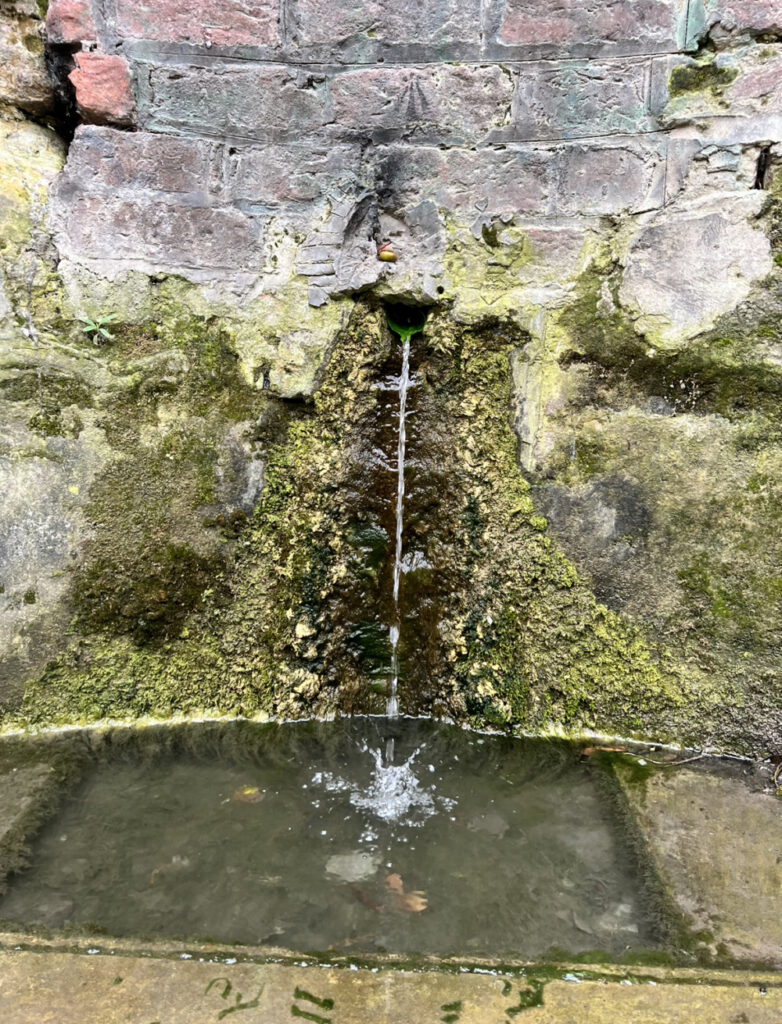
According to the legend, as the water was brought to a boil, a startling transformation occurred—it began to darken before their eyes.
In the retelling of this eerie incident, the labourers recounted how the once-clear water inexplicably thickened and became utterly unfit for consumption.
This peculiar occurrence was interpreted as a message from lingering spirits, cautioning the workers against extracting water from the fountain, as if the otherworldly forces themselves were urging them to refrain.
The phenomenon of the water boiling black being the influence of a spirit or ghostly presence may add intrigue, but… the black colouration that caught the attention of the gardeners could likely be attributed to the significant iron content in the spring water.
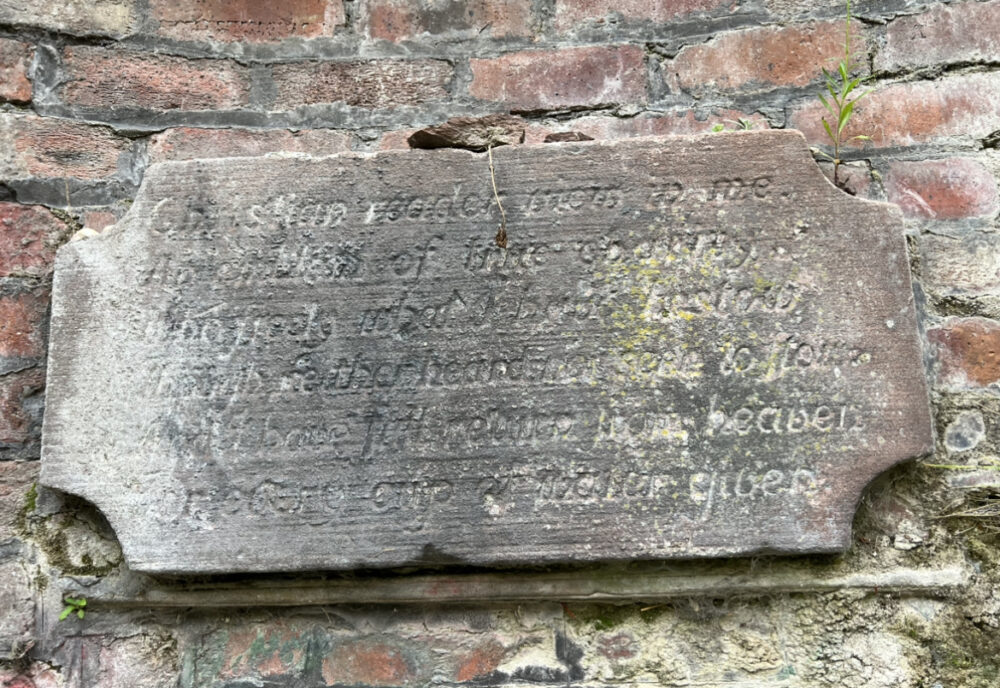
A small plaque above the spring bears the inscription by Cuthbert Bridgewater:
Christian reader view in me,
An emblem of true charity,
Who freely what I have bestow,
Though neither heard nor seen to flow,
And I have full return from heaven,
For every cup of water given.
Reports from around 2015 suggested that the water is undrinkable due to the water being contaminated by sewage waste. We don’t suggest you try drinking from it!


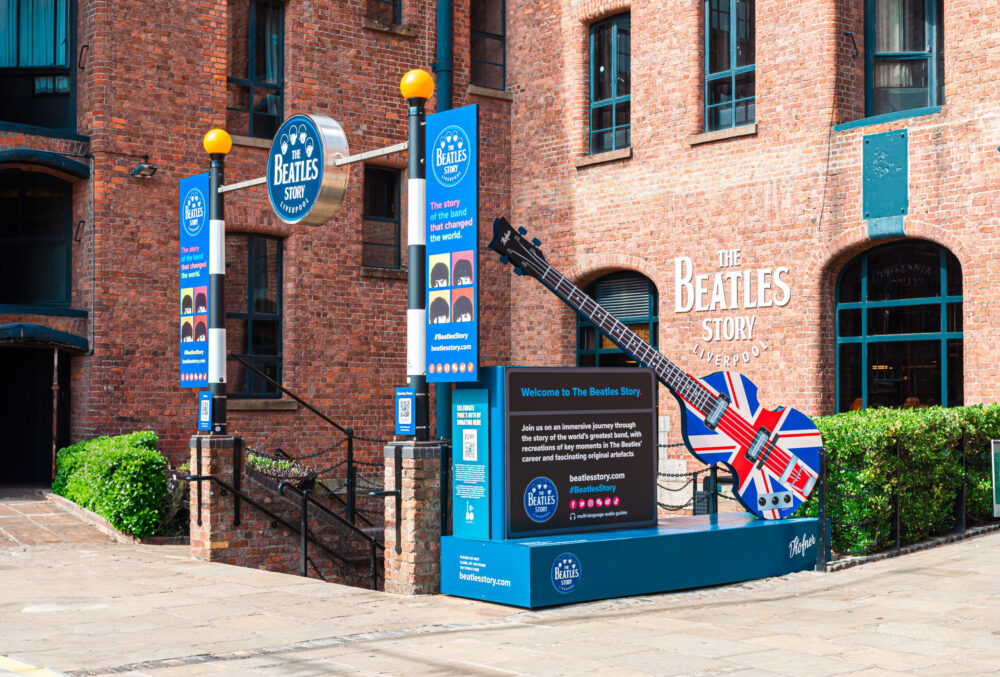
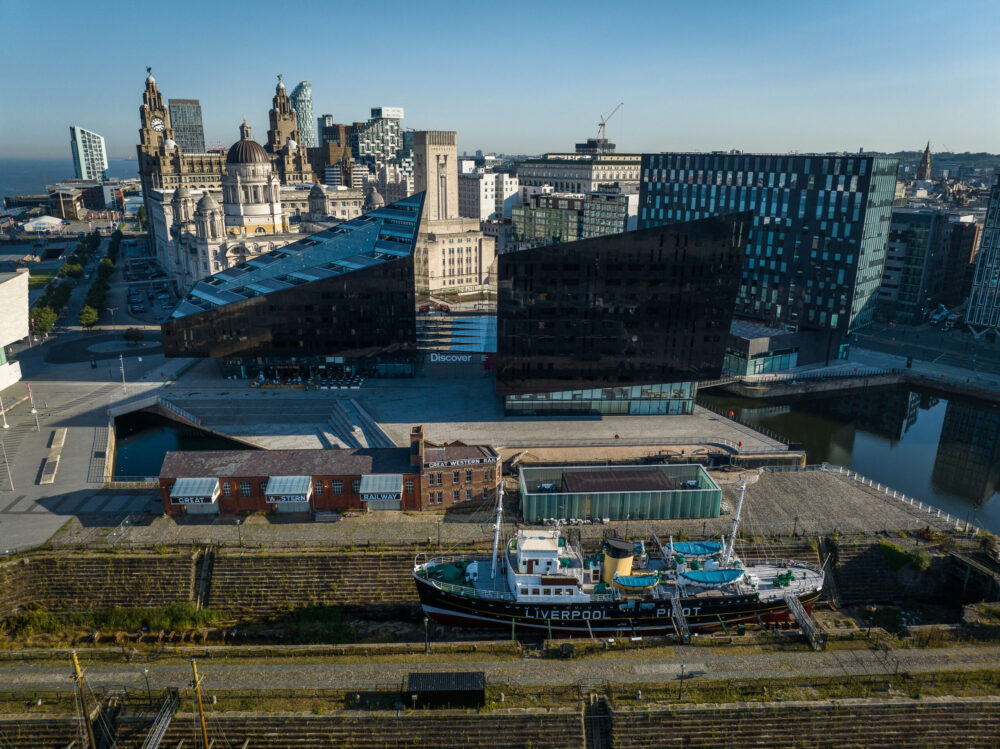

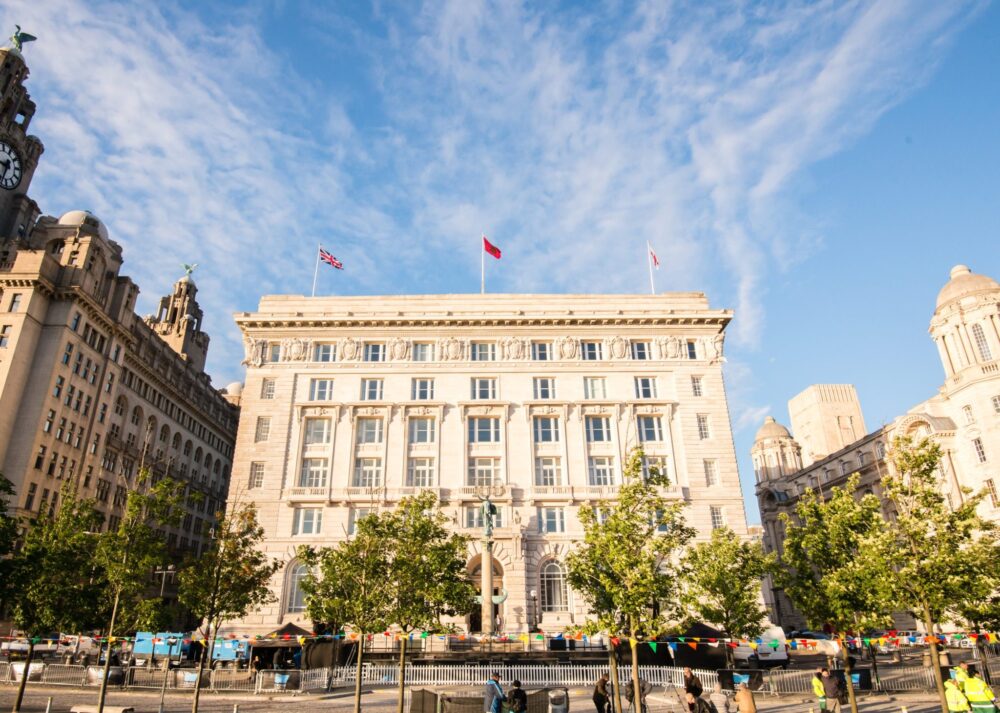


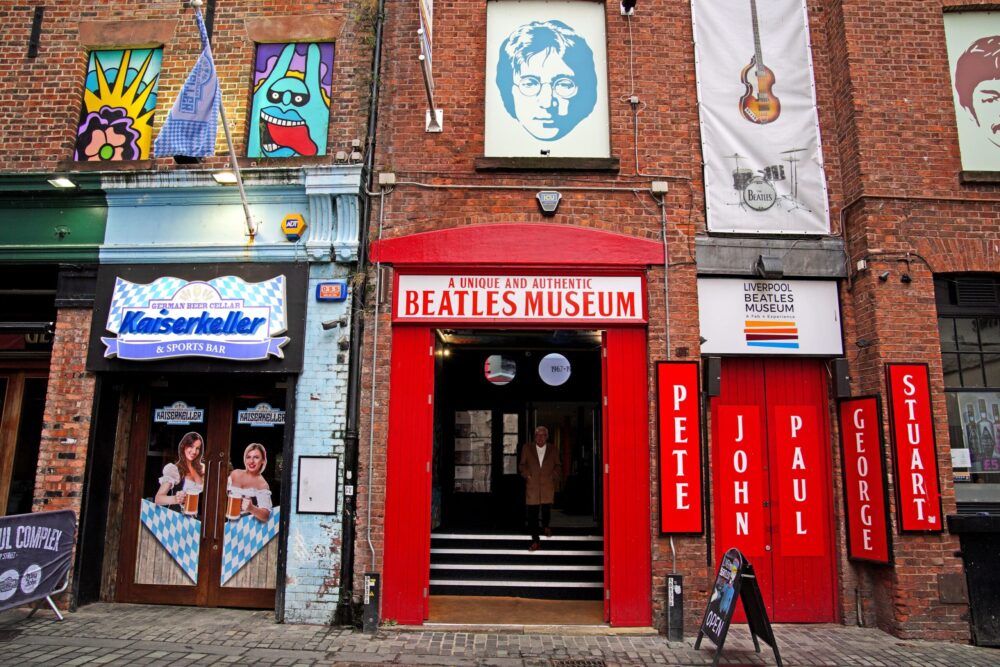
 Subscribe
Subscribe Follow Us
Follow Us Follow Us
Follow Us Follow Us
Follow Us Follow Us
Follow Us Follow Us
Follow Us











